꽃들도 악보 e
1. The Significance of Music in Korean Culture
In Korean culture, music has always played a vital role. It is not only a form of entertainment but also a means of storytelling, expressing emotions, and preserving traditions. Music is deeply ingrained in various aspects of Korean society, including celebrations, rituals, and festivals.
2. Exploring the Art of 꽃들도 악보
꽃들도 악보, translated as “Flowers Also Have Music Notes,” is a traditional Korean musical notation system that represents the sounds and melodies inspired by flowers. It is a unique way of visualizing music and capturing the essence of various flowers through musical compositions. The notation system includes symbols, characters, and colors that correspond to specific pitches and rhythms.
3. Traditional Korean Instruments and their Harmony with Flowers
Traditional Korean musical instruments, such as the gayageum (a twelve-stringed zither), daegeum (bamboo flute), and janggu (hourglass-shaped drum), often accompany the 꽃들도 악보 compositions. These instruments have a distinct sound that blends harmoniously with the delicate and poetic themes of flowers in Korean music.
4. Understanding the Symbolism of Flowers in Music
Flowers hold significant symbolism in Korean culture. Each flower carries its own meaning, representing various emotions, seasons, and life cycles. The 꽃들도 악보 compositions not only capture the melodies inspired by flowers but also convey the symbolic meanings associated with them, creating a multi-dimensional musical experience for the listeners.
5. Popular Songs Inspired by Flowers
Numerous popular Korean songs have been inspired by flowers, such as “Cherry Blossom Ending” by Busker Busker and “Wildflower” by Park Hyo Shin. These songs beautifully incorporate the themes of flowers, showcasing their importance in Korean music and culture.
6. The Influence of 꽃들도 악보 in Korean Classical Music
꽃들도 악보 has had a significant influence on Korean classical music, especially during the Joseon Dynasty. Composers and musicians of that era often drew inspiration from flowers and used the 꽃들도 악보 notation system to create intricate and expressive musical pieces that depicted the beauty and elegance of nature.
7. Incorporating Floral Themes in Contemporary Korean Music
Even in contemporary Korean music, flowers continue to hold a special place. Many K-pop artists incorporate floral themes in their music videos, performances, and lyrics. These modern interpretations of flowers reflect the ongoing connection between music and nature in Korean culture.
8. The Connection between 꽃들도 악보 and Poetry
Korean poetry, known as sijo, has a long-standing tradition of integrating musical elements. 꽃들도 악보 e often accompanies traditional Korean poetry, as the melodic compositions enhance the emotional impact and the imagery depicted in the poems. The combination of music and poetry creates a profound artistic experience.
9. The Role of 꽃들도 악보 in Celebrations and Festivals
During celebrations and festivals in Korea, 꽃들도 악보 e holds a special place. Musicians often perform pieces inspired by flowers, creating a visually and audibly captivating atmosphere. Flowers and music come together to enhance the joyous and festive spirit of these occasions.
10. Preserving the Heritage of 꽃들도 악보 in Modern Korean Society
In modern Korean society, efforts are being made to preserve and promote the heritage of 꽃들도 악보 e. Local cultural organizations, educational institutions, and musicians work together to ensure that this unique musical notation system and its connection to flowers are passed down to future generations. The notation is available in various formats, such as 꽃들도 악보 f, 꽃들도 악보 c, 꽃들도 악보 d, and even as digital versions like 꽃들도 ppt and 꽃들도 악보 pdf. Additionally, the popularity of online platforms and digital music sheets has made it easier for musicians to access and utilize 꽃들도 악보 e in their compositions.
FAQs:
Q1: What is the purpose of 꽃들도 악보?
A1: 꽃들도 악보 is a unique way of visualizing music and capturing the essence of flowers through musical compositions. Its purpose is to convey the melodic beauty inspired by flowers and enhance the overall artistic experience.
Q2: How are 꽃들도 악보 compositions created?
A2: Composers create 꽃들도 악보 compositions by using symbols, characters, and colors that represent specific pitches and rhythms. These musical notations capture the emotions and symbolic meanings associated with various flowers.
Q3: Are there specific instruments used in 꽃들도 악보 performances?
A3: Traditional Korean instruments, such as the gayageum, daegeum, and janggu, often accompany the performances of 꽃들도 악보 compositions. These instruments complement the poetic themes of the music and create a harmonious blend with the melodies inspired by flowers.
Q4: Is 꽃들도 악보 still relevant in modern Korean music?
A4: Yes, 꽃들도 악보 continues to hold relevance in modern Korean music. Popular songs and performances often incorporate floral themes, showcasing the ongoing connection between music and nature in Korean culture.
Q5: How can one access and learn 꽃들도 악보?
A5: 꽃들도 악보 is available in various formats, including printed versions like 꽃들도 악보 f, 꽃들도 악보 c, 꽃들도 악보 d, as well as digital versions like 꽃들도 ppt and 꽃들도 악보 pdf. There are also online resources and educational institutions dedicated to preserving and teaching this unique musical notation system.
사용자가 검색한 키워드: 꽃들도 악보 e 꽃들도 악보 f, 꽃들도 악보 c, 꽃들도 악보 d, 꽃들도 ppt, 꽃들도 악보 일본어, 꽃들도 악보 pdf, 꽃들도 g코드, 꽃들도 피아노 악보
Categories: Top 28 꽃들도 악보 e
꽃들도(花も) (Hi, J cover / 피아노 ver.) E key
여기에서 자세히 보기: experience-porthcawl.com
꽃들도 악보 f
한국은 예술과 음악에 대한 진한 사랑으로 유명합니다. 음악이 한국 문화의 중요한 부분이자 사람들의 일상에서 놓칠 수 없는 존재인 것은 분명합니다. 그 중에서도 악보는 음악을 연주하고 계이름 및 음의 길이 등을 정확하게 표현하는 정확한 시각화 도구입니다. 오늘은 대표적인 악보 중 하나인 “꽃들도 악보 F”에 대해 깊이 있는 설명을 진행해 보려고 합니다.
“꽃들도 악보 F”는 대표적인 한국 민요인 “꽃들도 (Even Flowers)”의 악보 형식 중 하나입니다. 이 악보는 피아노, 기타, 현악기 등 다양한 악기에서 연주될 수 있으며, 어떤 악기를 최소한으로 사용하더라도 멜로디를 간단하게 맡아 연주할 수도 있습니다.
이 악보의 특징은 그 사용 편의성과 접근성에 있습니다. 악보 F는 쉽게 찾을 수 있으며, 보기도 간편하여 초보자도 쉽게 연주할 수 있습니다. 또한 악보 F는 한 음정 이상 감가와 음정 상승에 대한 이해도 필요하지 않습니다. 이러한 이유로 “꽃들도 악보 F”는 오디션, 연주회, 가족 모임 등 다양한 분야에서 널리 사용되는 악보입니다.
FAQs:
1. 악보 F는 무엇을 의미하는 것일까요?
악보 F는 꽃들도 민요의 악보 형식 중 하나로, 꽃들도 민요를 연주하는 데 사용되는 간편한 형태의 악보를 의미합니다. 이 악보 형식은 초보자에게 적합하며, 다양한 악기에서 연주할 수 있습니다.
2. 꽃들도 민요를 연주하려면 전문적인 훈련이 필요한가요?
꽃들도 민요는 한국의 대표적인 민요 중 하나이며, 비교적 간단하고 아름다운 멜로디로 알려져 있습니다. 초보자도 쉽게 연주할 수 있는 악보 F를 사용하면 전문적인 훈련 없이도 음악을 연주할 수 있으며, 훈련이 있으면 더욱 풍부하고 정교한 연주가 가능합니다.
3. 어떤 악기에서 꽃들도 악보 F를 연주할 수 있나요?
꽃들도 악보 F는 다양한 악기에서 연주할 수 있습니다. 피아노, 기타, 현악기 등 다양한 악기에서 연주할 수 있는 멜로디이기 때문에, 자신이 편안한 악기를 선택하여 연주할 수 있습니다. 악기에 따라 멜로디를 조금 변형하여 연주하는 것도 가능합니다.
4. 꽃들도 악보 F를 어디에서 구할 수 있나요?
인터넷이나 악보 전문 상점에서 꽃들도 악보 F를 구할 수 있습니다. 악보 전문 사이트에서 다운로드 가능하며, 음악 학원이나 악기 상점에서도 구매할 수 있습니다. 또한 악보 앱들이 많이 있으니 앱스토어를 통해 다운로드하여 사용할 수도 있습니다.
5. “꽃들도 악보 F”를 연주하는 데에 특별한 요구사항이 있을까요?
“꽃들도 악보 F”는 그 사용이 간단하고 초보자에게 적합한 악보이기 때문에 특별한 요구사항은 없습니다. 다만, 악기에 따라 연주 방법이 조금씩 다를 수 있으니 해당 악기에 맞는 연주법을 숙지하는 것이 좋습니다.
6. 꽃들도 악보 F에 어려운 부분이 있을까요?
꽃들도 악보 F는 비교적 쉽게 연주할 수 있는 악보입니다. 하지만 음악을 처음 시작하는 초보자에게는 약간의 어려움이 있을 수 있습니다. 이러한 경우, 음악 학원이나 온라인 강의를 통해 기본적인 악기 연주 기술을 익히는 것이 도움이 될 수 있습니다.
마무리하며, “꽃들도 악보 F”는 한국의 대표적인 민요인 “꽃들도”를 연주하는 데에 사용되는 간편한 형태의 악보입니다. 이 악보를 통해 음악을 연주하는 즐거움을 느껴보세요. 초보자도 쉽게 다가갈 수 있는 악보 F로, 음악의 세계를 더욱 깊게 탐색해 보시기 바랍니다.
꽃들도 악보 c
악보는 음악을 전달하고 기록하기 위해 사용되는 도구입니다. 그 중에서도 꽃들도 악보 C는 한국 음악에서 가장 중요한 부분입니다. 꽃들도 악보 C는 한국 전통음악에서 악보로 쓰이는 문자체입니다. 이 악보는 음악하는 사람들에게 음악의 구성과 리듬을 이해할 수 있는 기회를 제공합니다.
꽃들도 악보 C는 한국에서 오랫동안 사용되어 온 역사를 가지고 있습니다. 이 악보는 한국의 전통적인 악기들을 연주하는데 사용되며, 한글의 모음을 사용하여 음악적인 표기를 완성합니다. 한글 모음자들은 선, 획, 점 등으로 나뉘어져 있기 때문에 꽃들도 악보 C는 각각의 음을 나타내기 위해 이러한 표기법을 사용합니다.
꽃들도 악보 C는 한국 음악을 공부하는 학생들에게 매우 유용한 도구입니다. 이 악보를 통해 학생들은 한글의 음운론적인 특징과 음악의 구조를 자세히 이해할 수 있습니다. 또한, 꽃들도 악보 C는 음악을 연주하는데 있어서 필수적인 요소인 악기들의 연주법과 음정을 표기합니다. 따라서 꽃들도 악보 C를 공부하는 것은 한국 음악에 대한 이해도를 향상시키는 데 큰 도움이 됩니다.
꽃들도 악보 C는 전통적인 악기들뿐만 아니라 현대적인 악기들에도 사용됩니다. 이 악보는 악기 간의 조화와 합주를 위한 기반을 제공하며, 한국 음악을 연주하는데 있어서 필수적인 요소입니다. 또한, 꽃들도 악보 C를 사용하여 작곡하는 것도 가능합니다. 악보에 적힌 음표들을 조합하여 고유한 한국 음악을 작성할 수 있습니다.
꽃들도 악보 C를 공부하기 위해서는 한글의 기초적인 지식이 필요합니다. 이러한 기본 지식을 토대로 악보를 학습하면서 한글 자음, 모음, 그리고 악보의 구성 등을 자세히 익힐 수 있습니다. 더불어 꽃들도 악보 C에 대한 이해를 높이는 것이 한국 음악을 더욱 깊게 이해하는 데 도움이 됩니다.
FAQs:
Q: 꽃들도 악보 C는 어떻게 사용되나요?
A: 꽃들도 악보 C는 한국 전통 음악에서 사용되는 음악 악보입니다. 이 악보를 사용하여 악기 연주를 하거나, 작곡을 할 수 있습니다. 또한, 악보를 통해 한국 음악의 구조와 리듬을 이해할 수 있습니다.
Q: 꽃들도 악보 C를 공부하는 데 어떤 지식이 필요한가요?
A: 꽃들도 악보 C를 공부하기 위해서는 한글의 기초 지식이 필요합니다. 한글의 자음과 모음, 그리고 악보의 구성 등에 대한 이해가 필요합니다.
Q: 꽃들도 악보 C를 통해 어떤 음악을 할 수 있나요?
A: 꽃들도 악보 C를 통해 한국 전통 음악을 연주할 수 있습니다. 여러 종류의 전통 악기를 연주하거나 악기 간의 합주에 사용됩니다. 또한, 꽃들도 악보 C를 사용하여 한국 음악을 작곡하는 것도 가능합니다.
Q: 꽃들도 악보 C는 현대 음악에도 사용되나요?
A: 네, 꽃들도 악보 C는 전통 음악뿐만 아니라 현대 음악에서도 사용됩니다. 악기 간의 조화와 합주를 위한 기반을 제공하며, 한국 음악을 연주하는데 필수적인 요소입니다.
Q: 꽃들도 악보 C를 배우면 한국 음악의 이해도는 어떻게 될까요?
A: 꽃들도 악보 C를 배우면 한국 음악의 이해도가 높아집니다. 한글의 음운론적인 특징과 음악의 구조를 자세히 이해할 수 있습니다. 또한, 악기들의 연주법과 음정을 표기하는 데에도 도움이 됩니다.
Q: 꽃들도 악보 C를 공부하면 어떤 이점이 있나요?
A: 꽃들도 악보 C를 공부하면 한국 음악에 대한 이해도를 향상시킬 수 있습니다. 더욱이 이 악보를 통해 음악의 구성과 리듬을 이해할 수 있으며, 악기 연주나 작곡 능력을 향상시킬 수 있습니다.
꽃들도 악보 d
Introduction:
Music is a universal language that creates a unique connection between individuals, transcending cultural boundaries. One popular Korean song that has captured the hearts of music enthusiasts worldwide is “꽃들도 악보 D” (pronounced “ggotdeuldo akbo D”). This beautiful composition not only reflects the rich heritage of Korean music but also resonates with audiences through its enchanting melodies. In this article, we will delve into the captivating world of “꽃들도 악보 D,” exploring its origin, significance, and impact on Korean culture.
1. The Origin of “꽃들도 악보 D”:
“꽃들도 악보 D” is a traditional Korean folk song that has been passed down through generations, symbolizing the country’s deep-rooted musical traditions. It belongs to the genre of “minyo,” which translates to “folk song” in English. Minyo songs often touch upon themes of love, nature, and everyday life, expressing emotions through melodic storytelling. “꽃들도 악보 D” serves as a prime example of this artistic expression.
2. Meaning and Significance:
The title “꽃들도 악보 D” translates to “Even Flowers Get Notations D.” It implies that even the delicate and seemingly voiceless beauties of nature, such as flowers, possess their own melodic existence. This song highlights the interconnectedness of different elements of life, conveying the notion that music can be found in the most unexpected places, including the vibrant blossoms that surround us.
3. Musical Composition:
“꽃들도 악보 D” features a simplistic yet mesmerizing melodic structure. It is primarily played using traditional Korean instruments such as the gayageum (a zither-like string instrument) and the geomungo (a large six-stringed zither). The song’s gentle, soothing tones create a peaceful ambiance, allowing listeners to immerse themselves in its tranquil atmosphere. The repetitive and rhythmic nature of the melody contributes to its catchy and memorable qualities.
4. Cultural Significance:
Beyond its captivating melody, “꽃들도 악보 D” holds significant cultural value in Korean society. This folk song reflects the deep appreciation Koreans have for nature, particularly flowers. Flowers play a crucial role in Korean culture, symbolizing different virtues and emotions. The song serves as a celebration of the beauty found in Korean landscapes, offering a musical homage to the country’s rich flora.
5. Transmission and Preservation:
To ensure the longevity of traditional songs like “꽃들도 악보 D,” concerted efforts have been made to preserve and pass down these melodies to future generations. Various cultural institutions, such as the National Gugak Center in Korea, have dedicated themselves to the preservation of minyo songs, including “꽃들도 악보 D.” These institutions offer training programs, educational resources, and public performances to promote awareness and appreciation for traditional Korean music.
FAQs:
Q1. What is the historical significance of “꽃들도 악보 D”?
A1. “꽃들도 악보 D” holds historical significance as a representative piece of traditional Korean minyo music. It provides a glimpse into the musical heritage of the Korean people and offers insight into their values, culture, and connection with nature.
Q2. Can I find sheet music for “꽃들도 악보 D” online?
A2. Yes, sheet music for “꽃들도 악보 D” is available on various online platforms dedicated to Korean traditional music. These resources allow enthusiasts to learn and appreciate the melody of this beautiful song.
Q3. Are there any adaptations or remixes of “꽃들도 악보 D” in contemporary music?
A3. Yes, “꽃들도 악보 D” has found its way into contemporary music as well. Many artists incorporate elements of traditional melodies in their compositions, blending the old and the new. These modern adaptations help introduce traditional Korean music to wider audiences, attracting both young and old listeners alike.
Q4. Can non-Koreans appreciate the beauty of “꽃들도 악보 D”?
A4. Absolutely! The universal language of music allows people from all walks of life to appreciate and enjoy “꽃들도 악보 D.” Its enchanting melody and soothing ambiance have the power to transcend cultural boundaries, touching the hearts of listeners regardless of their background.
Q5. Are there any performances or festivals dedicated to “꽃들도 악보 D”?
A5. Yes, throughout the year, various music festivals and concerts celebrate the rich musical heritage of Korea, featuring performances of traditional songs like “꽃들도 악보 D.” These events range from smaller local celebrations to larger international festivals, where visitors can witness the magic of traditional Korean music firsthand.
Conclusion:
“꽃들도 악보 D” brings forth a unique and captivating musical experience that has captured the hearts of many. With its deep cultural roots, this traditional Korean song continues to resonate through its enchanting melodies and serves as a reminder of the interconnectedness of music, nature, and human emotions. Through efforts to preserve and spread the beauty of traditional Korean music, timeless compositions like “꽃들도 악보 D” will continue to inspire and create a bridge between cultures for generations to come.
주제와 관련된 이미지 꽃들도 악보 e
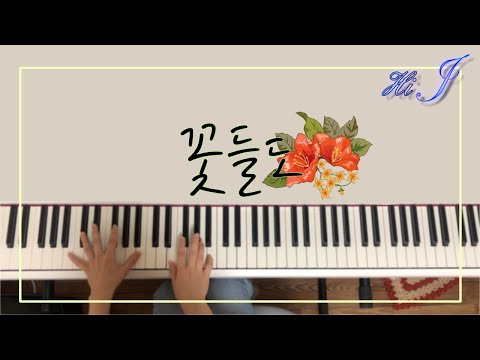
꽃들도 악보 e 주제와 관련된 이미지 22개를 찾았습니다.
![악보나눔]꽃들도(하나모) E,F,G,A : 네이버 블로그 악보나눔]꽃들도(하나모) E,F,G,A : 네이버 블로그](https://mblogthumb-phinf.pstatic.net/MjAxOTAyMTBfMjE5/MDAxNTQ5Nzc3Nzc0NjQ3.O2WrFIgGyQGUvpCOySZ_AbO-w-bh5-vgEWMp0Y-Kq8Ag.hTDOptqfirCwweYEttQnQ9kBZyKy4cwJBF_L8f3_rLwg.PNG.jgh9995/%EA%BD%83%EB%93%A4%EB%8F%84_E.png?type=w800)

![E코드] 꽃들도 (CCM 악보,영상) E코드] 꽃들도 (Ccm 악보,영상)](https://blog.kakaocdn.net/dn/buUuLD/btqH0XO4TVh/ACnIgovtDcENak2UXiSeXK/img.jpg)
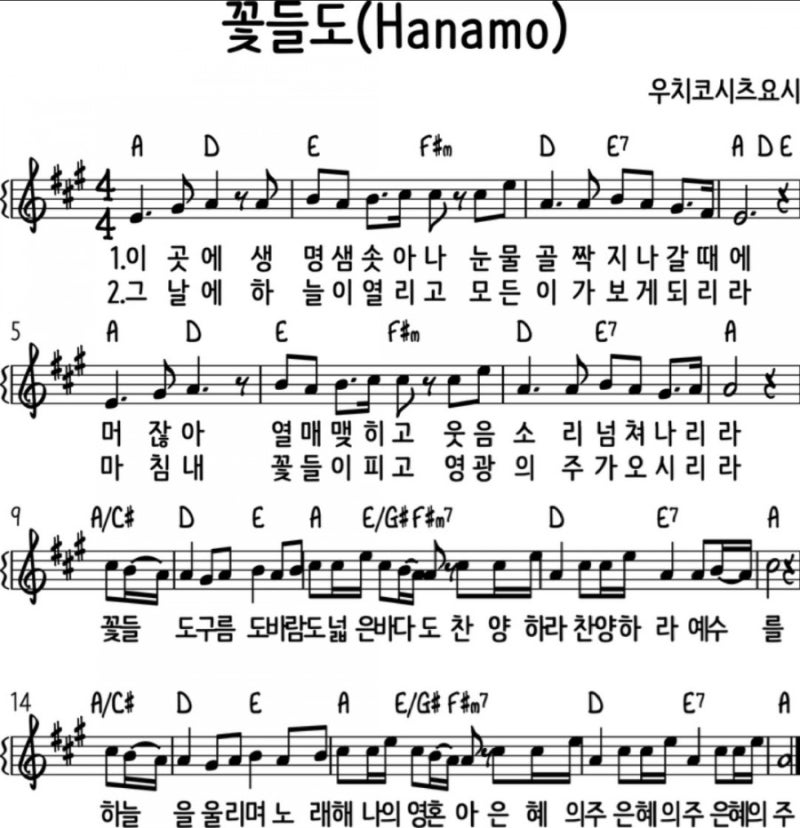

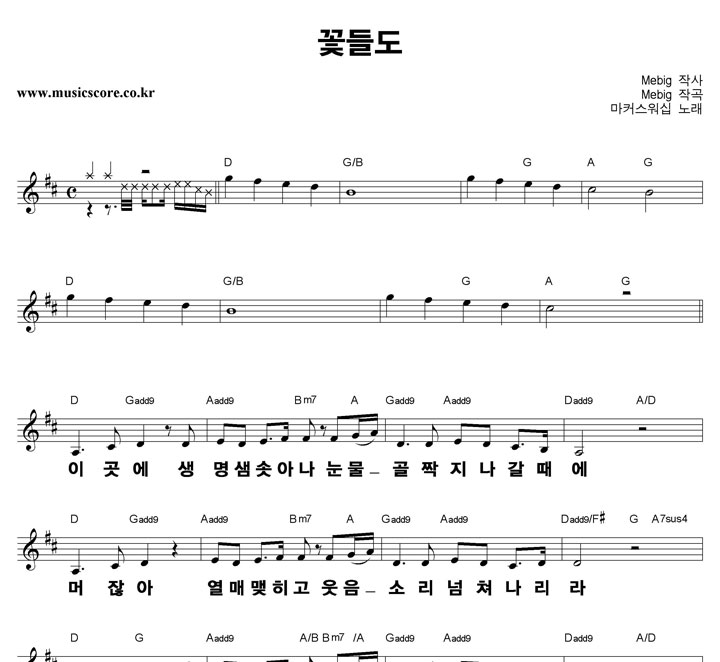
![악보나눔]꽃들도(하나모) E,F,G,A : 네이버 블로그 악보나눔]꽃들도(하나모) E,F,G,A : 네이버 블로그](https://mblogthumb-phinf.pstatic.net/MjAxOTAyMTBfMTAy/MDAxNTQ5Nzc3NzkzMTA5.f4xZIHoaEj6nE5jKfJEXM-4En3VfGzgu616WomL6zGQg.3Ow_GpNXA4K-bY9MEeC2K2wBa0hvZsAdxvSl6doBPqYg.PNG.jgh9995/%EA%BD%83%EB%93%A4%EB%8F%84_G.png?type=w800)

![꽃들도 - 피아노 반주 [CCM 피아노 반주] - YouTube 꽃들도 - 피아노 반주 [Ccm 피아노 반주] - Youtube](https://i.ytimg.com/vi/ffn9Zkfvevw/maxresdefault.jpg)
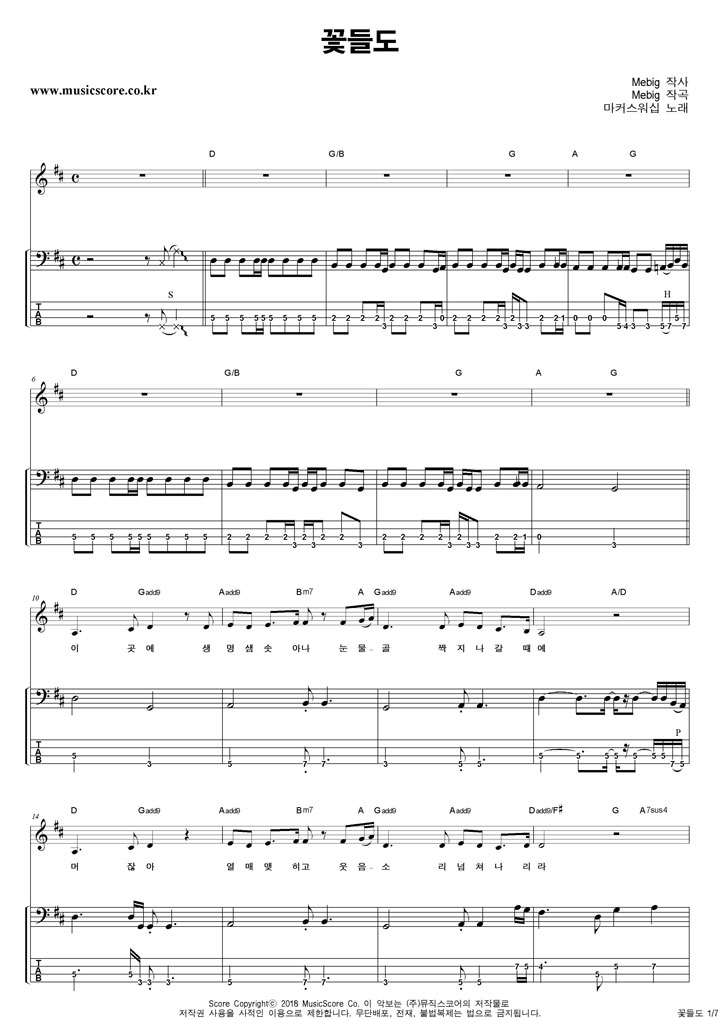

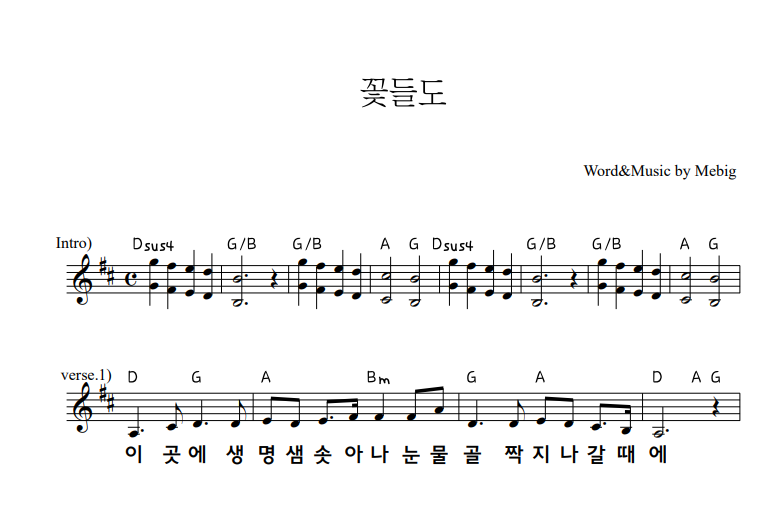
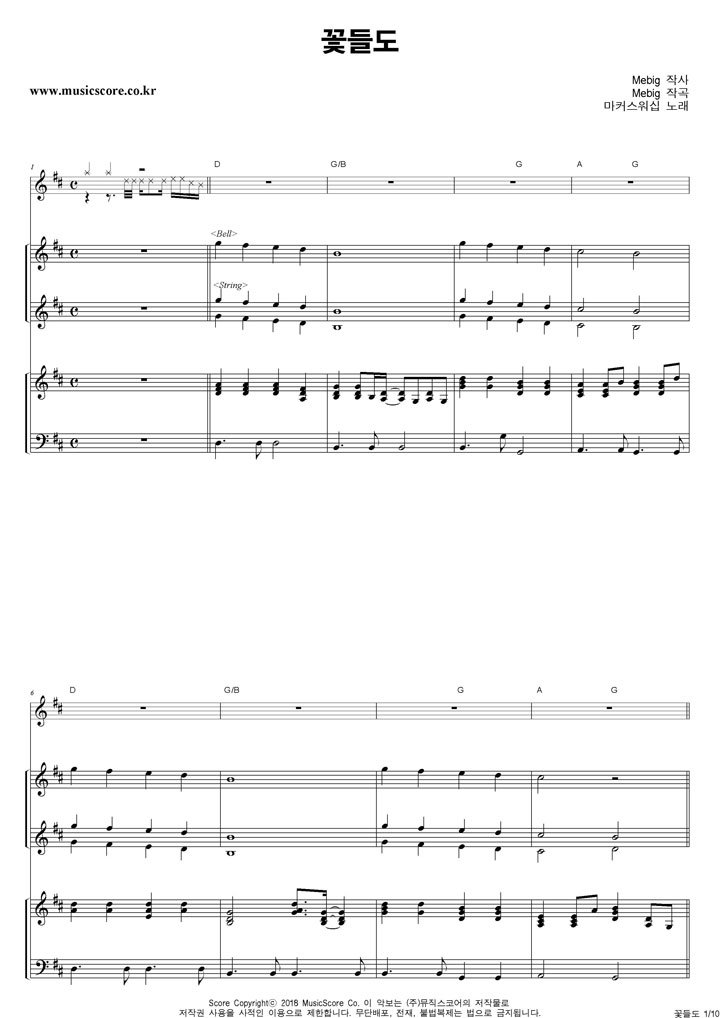
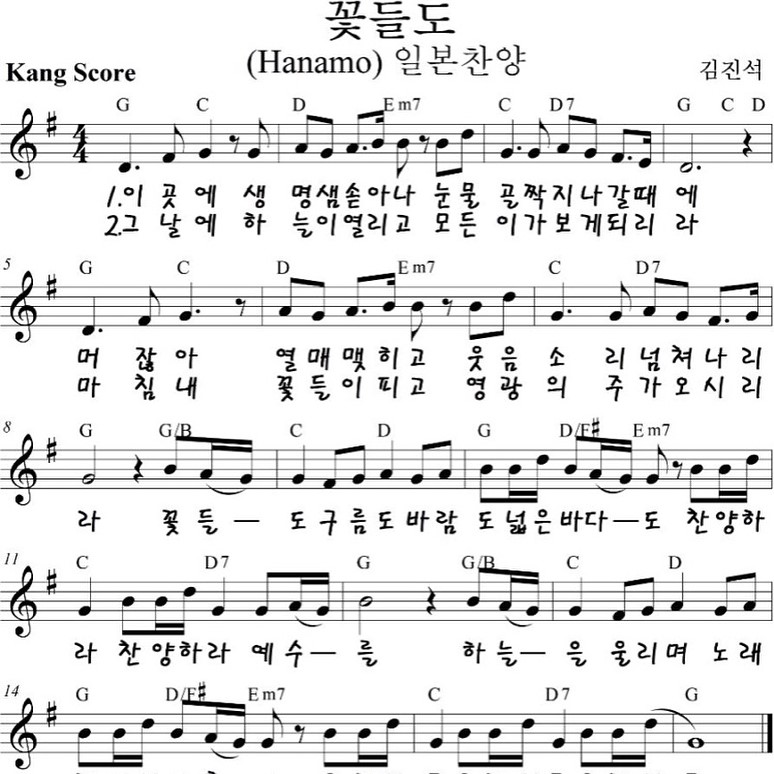

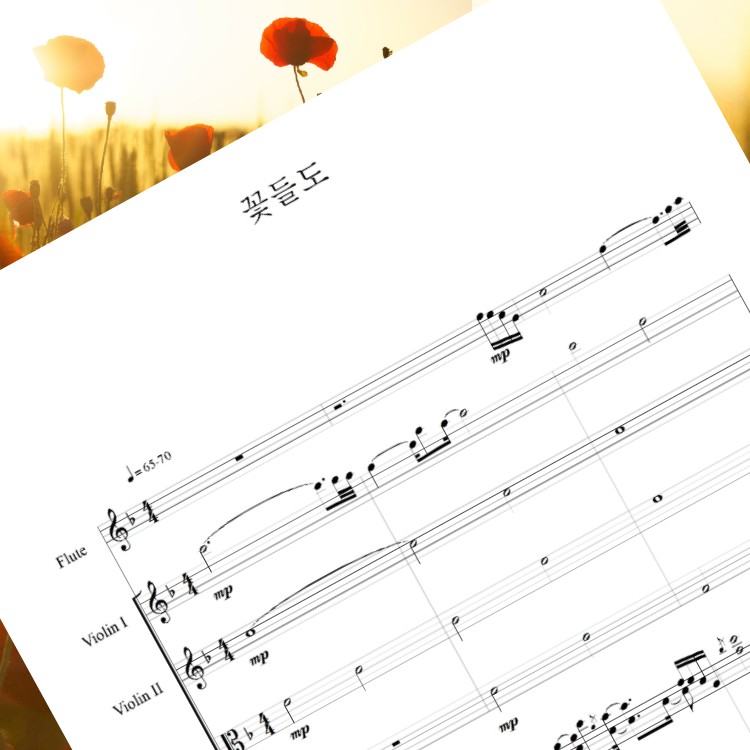


![악보/가사][꽃들도 악보 > J Worship – 꽃들도(花も) (피아노 연주 악보) By 황윤정” style=”width:100%” title=”악보 > J Worship – 꽃들도(花も) (피아노 연주 악보) by 황윤정”><figcaption>악보 > J Worship – 꽃들도(花も) (피아노 연주 악보) By 황윤정</figcaption></figure>
<figure><img decoding=](https://cdn.mapianist.com/preview-orig/e720d555-cfb1-48ac-aa19-965f3e9be1bc-1570196704.jpg)

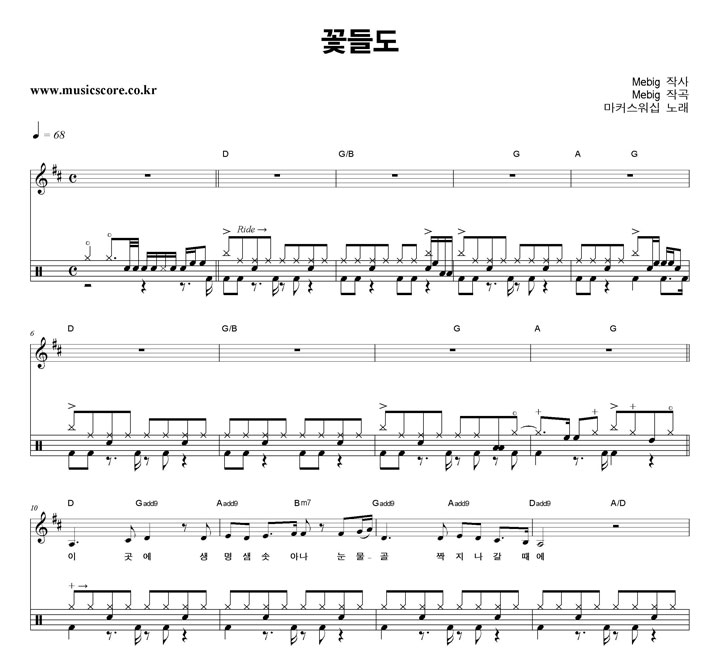
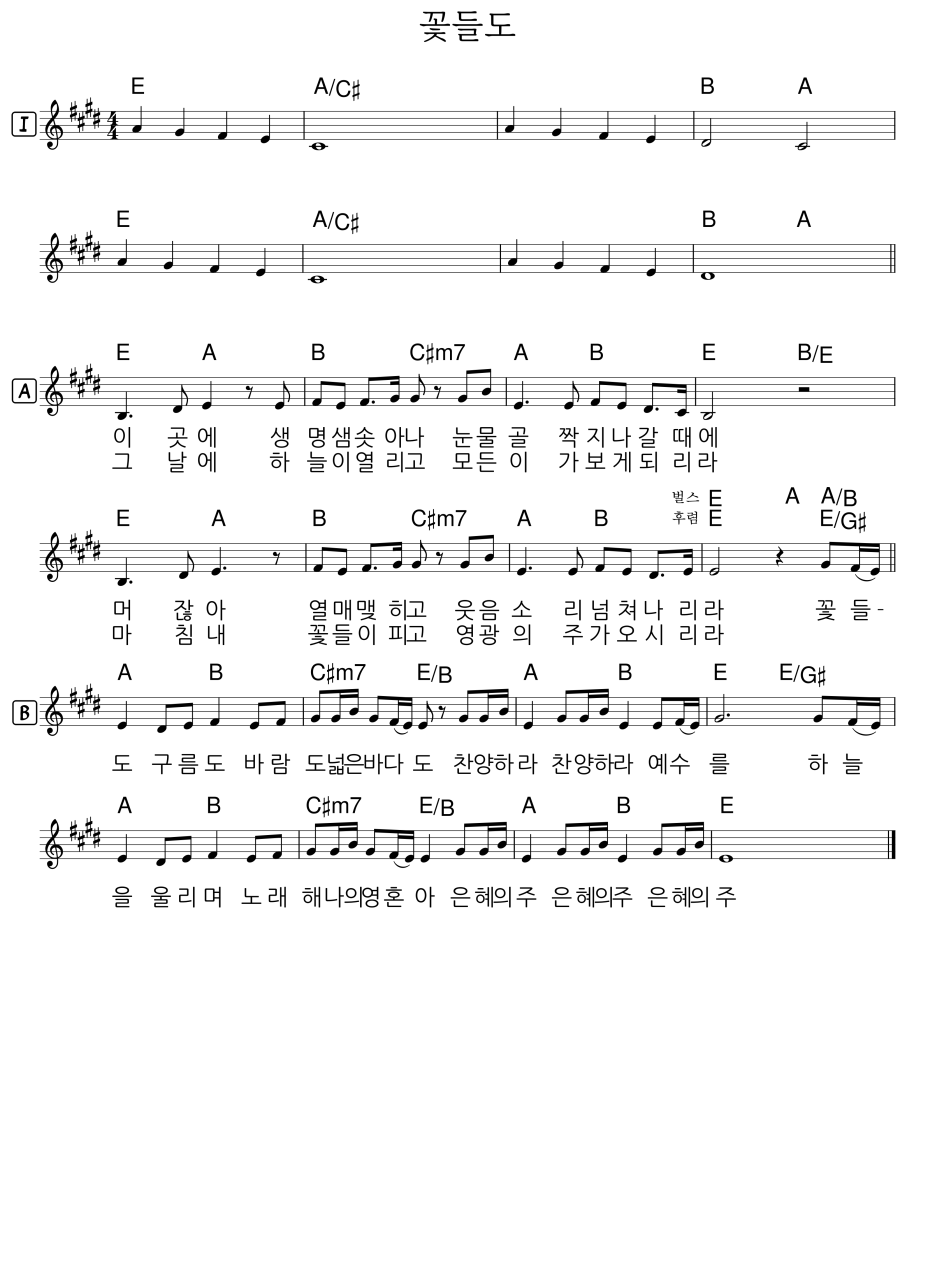
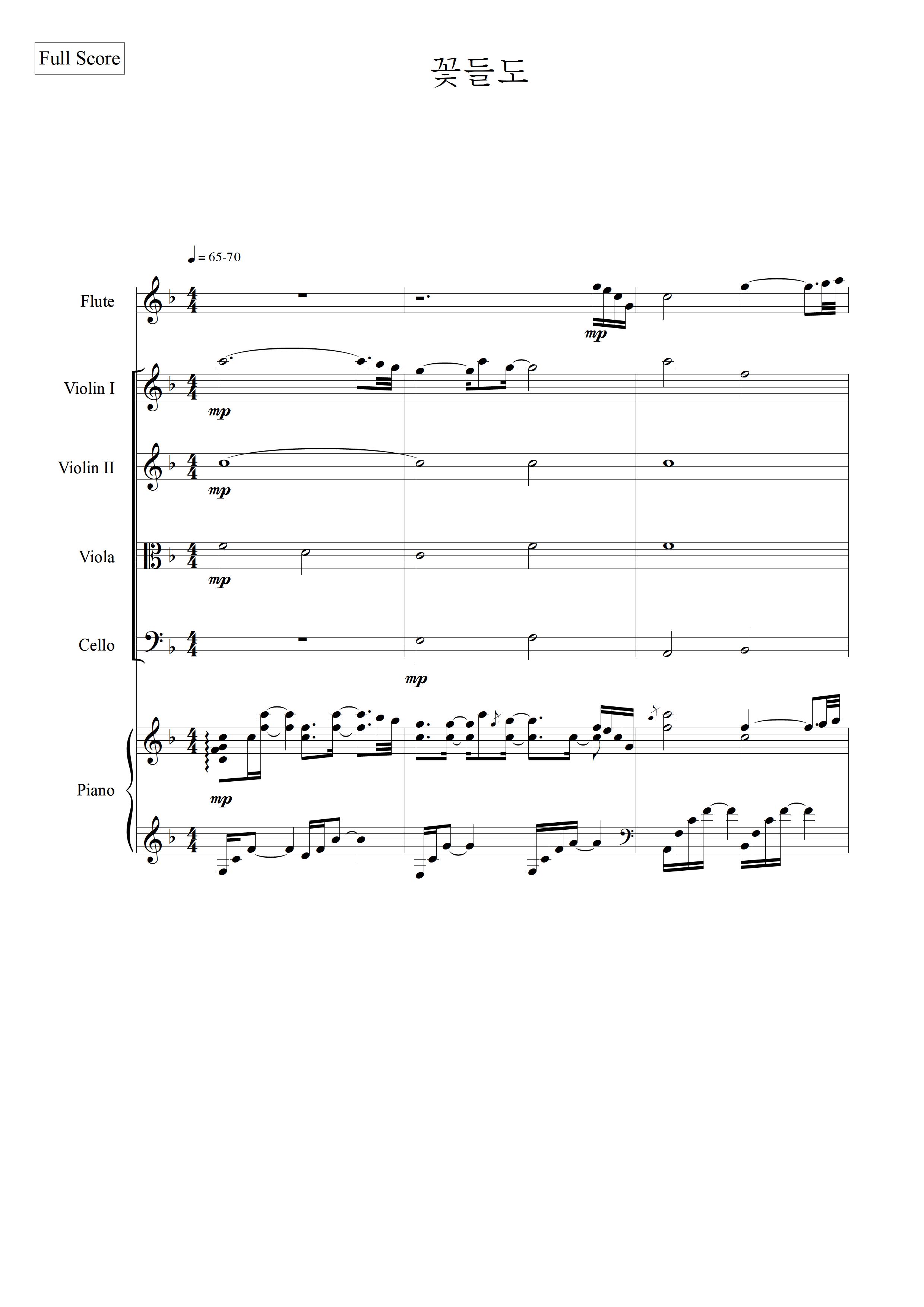

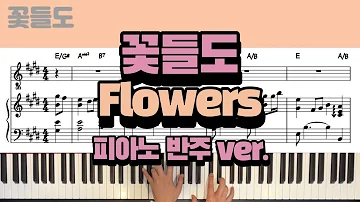
![세컨건반&악보] 꽃들도 세컨(G키) by 지미경 - YouTube 세컨건반&악보] 꽃들도 세컨(G키) By 지미경 - Youtube](https://i.ytimg.com/vi/iOnf6EnM5j8/maxresdefault.jpg)


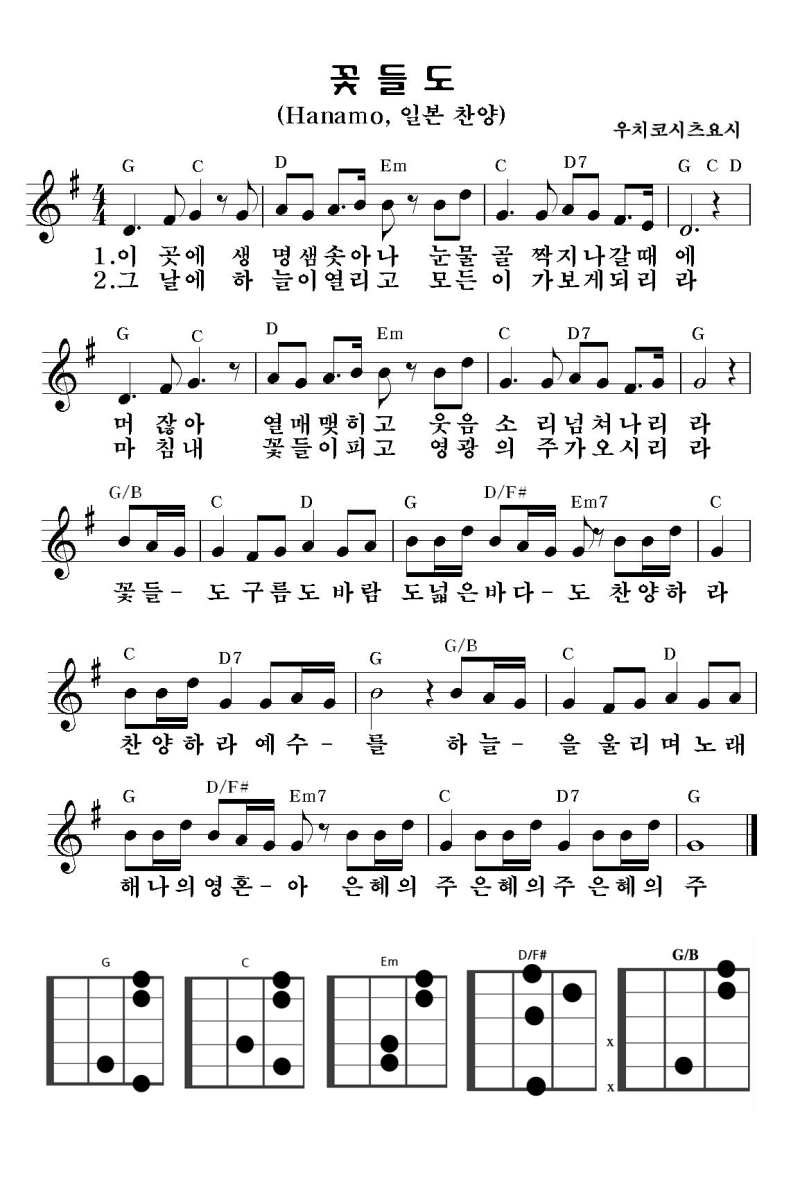
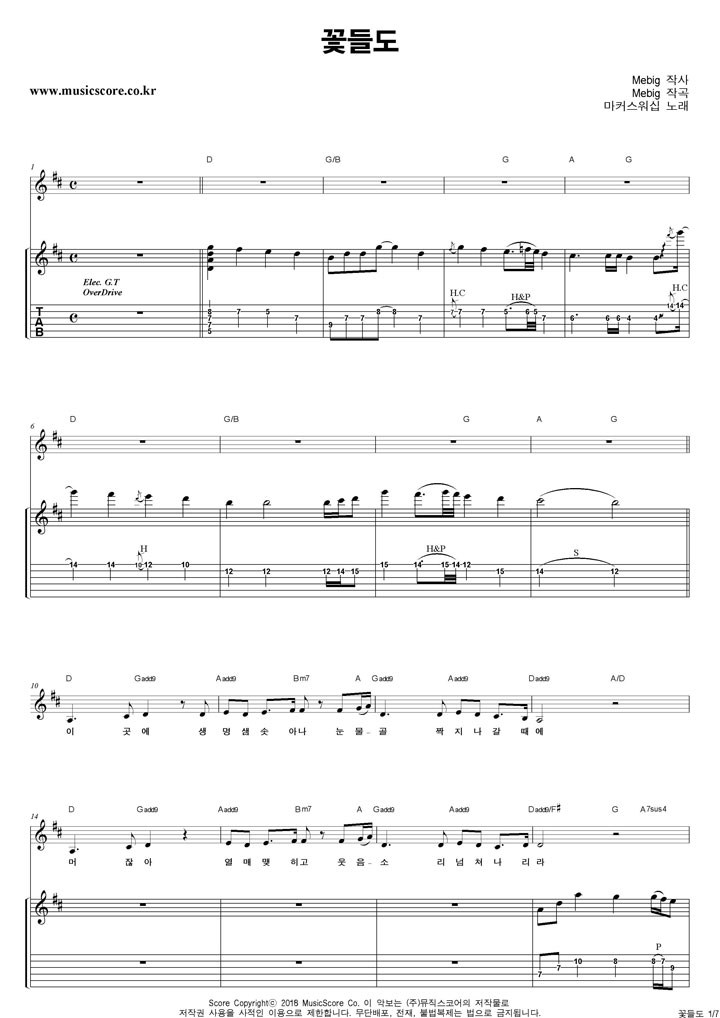

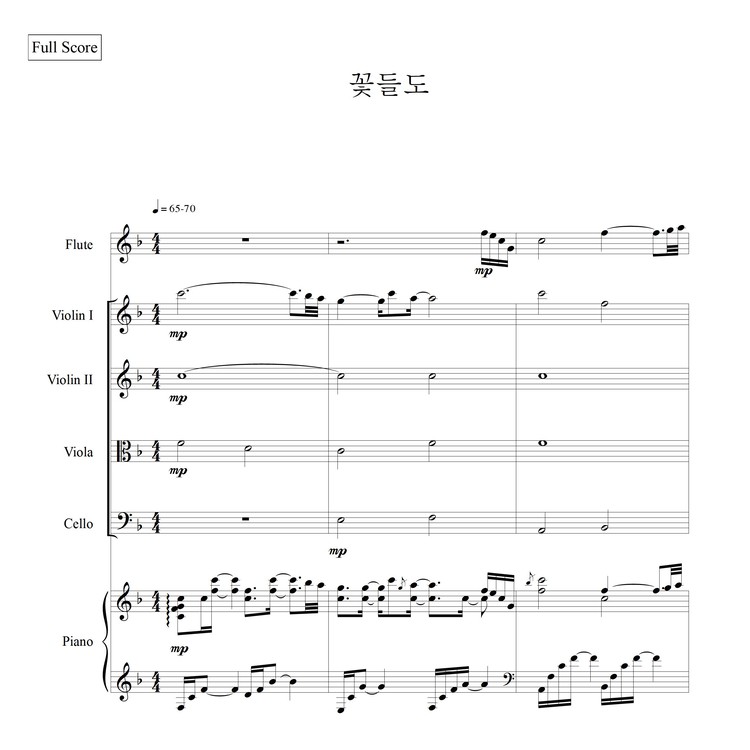

![꽃들도 - 연습방법&해설 [CCM 피아노 반주] - YouTube 악보 > Mebig – 꽃들도 (반주 연습방법) By Ck Cecil” style=”width:100%” title=”악보 > Mebig – 꽃들도 (반주 연습방법) by CK Cecil”><figcaption>악보 > Mebig – 꽃들도 (반주 연습방법) By Ck Cecil</figcaption></figure>
<figure><img decoding=](https://cdn.mapianist.com/preview-v2/42084b62-7ed5-40ba-a71e-e1b62472738f-1603673726.jpg)

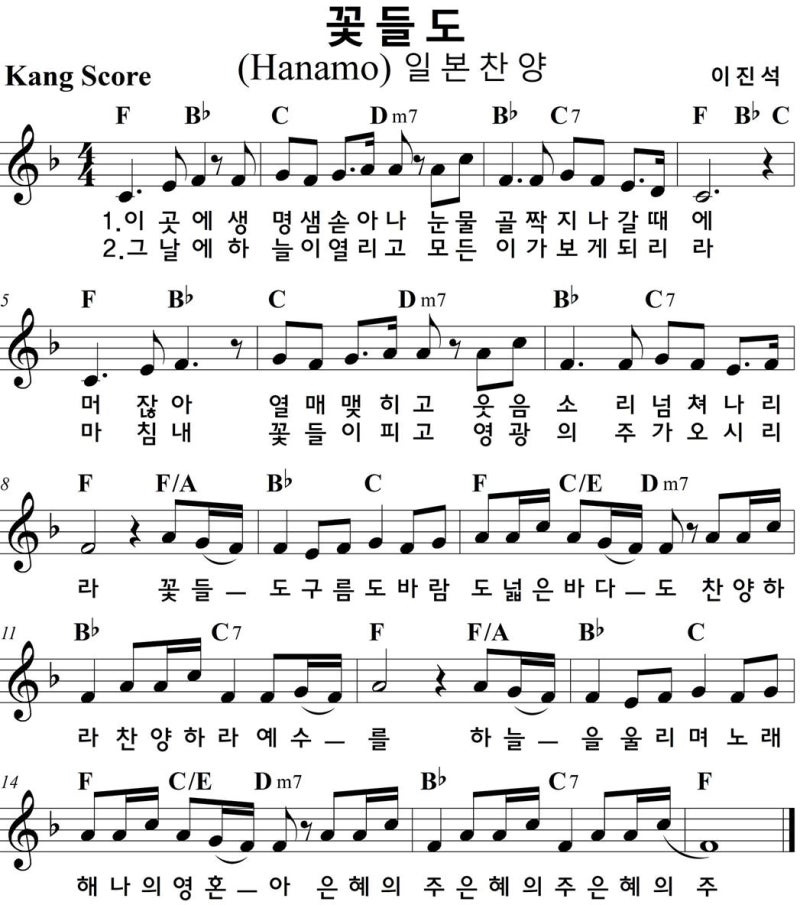
Article link: 꽃들도 악보 e.
주제에 대해 자세히 알아보기 꽃들도 악보 e.
- 꽃들도 악보 D E F G – 야곱과 라헬
- 꽃들도 ( 기타강의 )(ppt, 악보 E) – allformission(올포미션)
- [E코드] 꽃들도 (CCM 악보,영상)
- 꽃들도(가사/악보/영상)-마커스/윤주형/더원워십(G코드)
더보기: experience-porthcawl.com/blog